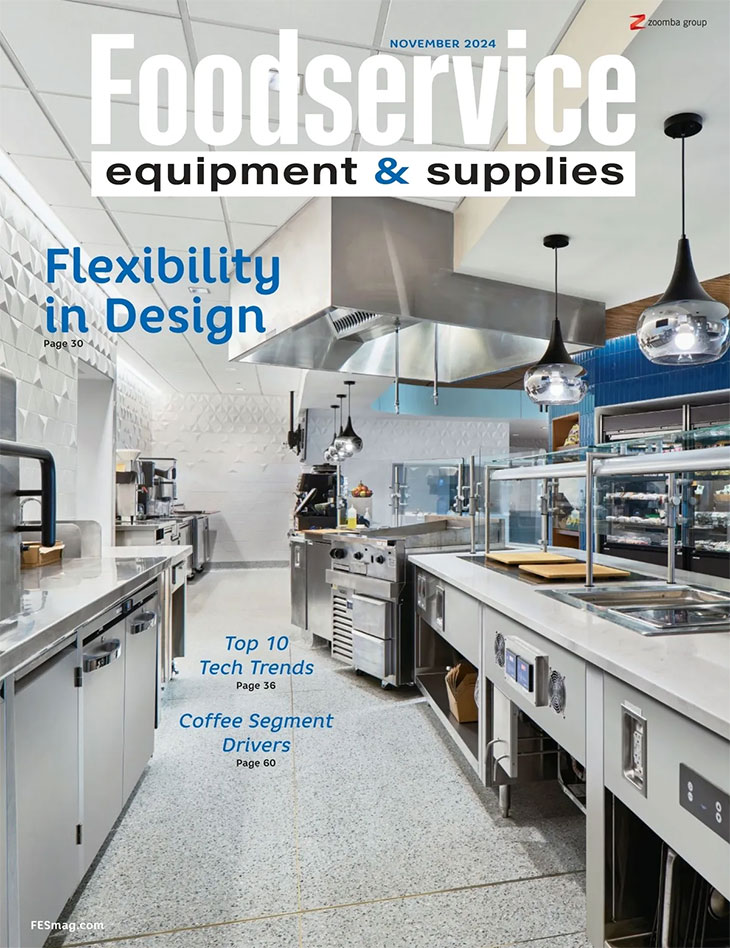Undercounter glass washers can save both space and time while completing a specific task. This equipment becomes essential for operations utilizing large quantities of glasses and mugs. With an undercounter location, the units provide convenient access to clean glassware and save staff time running into the kitchen. This equipment specifically cleans glasses without causing damage, such as cracks and chips.
Sanitation and Safety Guides
Maintenance for ventilation systems depends upon the type and volume of cooking as well as local codes.
Here are four cleaning and maintenance tips to help foodservice operators keep their warewashers running at peak efficiency.
When purchasing a ventilation system, the foodservice operation’s menu and subsequent equipment lineup represent important considerations. If the menu will feature mainly grilled items on charbroilers, grease will be a factor. Also take into consideration odiferous foods.
The quantity and type of food, along with the type of items being washed represent key factors to weigh when specifying a warewasher for any foodservice operation.
Regularly wipe down external machine surfaces, floor and wall surfaces.“The more typical style of undercounter dishmachine is very similar to a residential unit,” says Tom McBride, technician for General Parts in Houston. “For a bar footprint where space may be limited for both equipment and personnel, this style presents some challenges.”


















